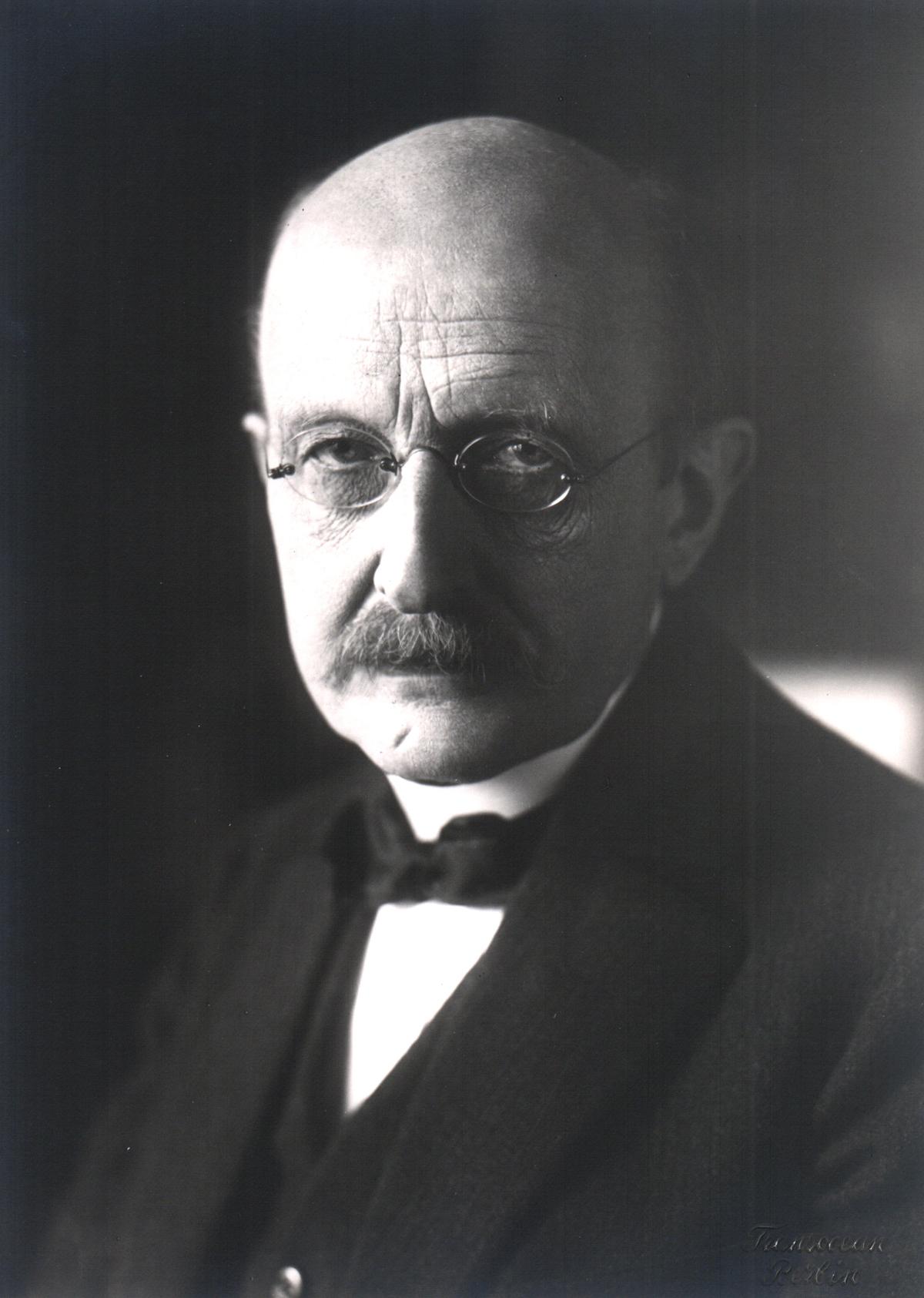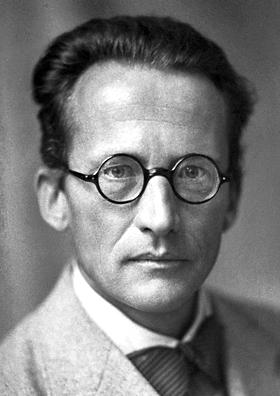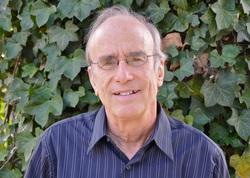The founders of quantum physics contemplated the philosophical implications of their findings. They were astounded that the thoughts of the observer seemed to influence the matter being observed. Principles believed to stabilize physical reality didn’t seem to apply.
The power of the human mind to influence physical reality has been recognized in various fields. For example, the effectiveness of placebo treatments has brought the role of human consciousness to bear on conventional modern medicine.
Dr. Robert Jahn served as an engineering dean at Princeton University while studying for decades the impact of human thought on the functioning of mechanical devices. In his book “Margins of Reality,” he reopens the questions once raised by Max Planck, Erwin Schrödinger, and other influential scientists—questions of human consciousness, which Jahn says modern students seem to pay less attention to than the physical data collected by these science greats.
Jahn, Planck, and Schrödinger are not the only scientists to have contemplated the role of human consciousness in science. Many have suggested that scientists must face the enigma and challenges of understanding consciousness for science to make it’s next big leap. Here are the views of eight scientists.
1. Max Planck, Founding Father of Quantum Mechanics

German physicist Max Planck, c. 1930. (Wikimedia Commons)
Planck is regarded as one of the founders of quantum mechanics. He was awarded the Nobel Prize in Physics in 1918 for “the services he rendered to the advancement of Physics by his discovery of energy quanta,” according to the Nobel Prize website.
In “A Survey of Physical Theory,” Planck wrote: “All ideas we form of the outer world are ultimately only reflections of our own perceptions. Can we logically set up against our self-consciousness a ‘Nature’ independent of it? Are not all so-called natural laws really nothing more or less than expedient rules with which we associate the run of our perceptions as exactly and conveniently as possible?”
2. Erwin Schrödinger, Nobel Prize Winning Physicist

Erwin Schrödinger, 1933. (Nobel Foundation)
Erwin Schrödinger was a physicist and theoretical biologist. He won the Nobel Prize in Physics in 1933 with Paul Adrien Maurice Dirac “for the discovery of new productive forms of atomic theory,” according to the Nobel Prize website.
Jahn quotes Schrödinger: “Consciousness is that by which this world first becomes manifest, by which indeed, we can quite calmly say, it first becomes present; that the world consists of the elements of consciousness.”
3. Robert G. Jahn, Princeton Engineering Dean
Professor of aerospace science and dean emeritus of the School of Engineering and Applied Science at Princeton University Robert G. Jahn began studying psychic phenomena some 30 years ago.
Jahn suggested in “Margins of Reality” that the study of consciousness may start by quantifying consciousness in statistical form. He has conducted many experiments on the ability of the mind to influence machines. We will give a very simplified overview of his experiments to illustrate:
He used a random event generator (REG) that can produce bits representing either 0 or 1. Study participants would try to influence the REG either way, toward 0 or toward 1. If the events showed a significant favor in the direction of the person’s will above what chance would dictate, it suggested the person’s will influenced the machine. Human intent was thus boiled down to a measurable, binary form. With many tests, Jahn built up a mass of results that could then become reliable statistics.
He noted, however, “Since most established behavior in consciousness-related domains can only be quantitatively represented in statistical terms, and since all statistical formats are themselves constructions of consciousness, it follows that the validity and limitations of the statistical representations must themselves be well defined and well understood before an anomaly can be claimed.”

ALSO SEE: 6 Insights of a Princeton Engineering Dean Who Became a Psychic Phenomena Expert
4. David Chalmers, Cognitive Scientist and Philosopher at NYU
Chalmers is a philosophy professor and head of consciousness studies at the Australian National University and at New York University.
In a TED Talk earlier this year, he said science is at a sort of impasse in its study of consciousness, and “radical ideas may be needed,” to move forward. “I think that we may need one or two ideas that may initially seem crazy.”
In the past, physics had to incorporate newly discovered fundamental building blocks, such as electromagnetism, that were unexplained by more basic principles. He wonders whether consciousness is another such building block.
“Physics is curiously abstract,” he said. “It describes the structure of reality using a bunch of equations, but it doesn’t tell us about the reality that underlies it.” He quoted a question posed by Stephen Hawking: “What puts the fire into the equations?”
Maybe consciousness puts the fire into the equations, Chalmers said. The equations stay as they are, but we see them as means for describing the flux of consciousness.
“Consciousness doesn’t dangle outside the physical world as some kind of extra, it’s there right at its heart,” he said.

5. Imants Barušs, Psychologist, Member of Society for Consciousness Studies
Dr. Imants Barušs is a psychology professor at the University of Western Ontario in Canada, who teaches courses on consciousness. He studied engineering as an undergraduate student and completed a masters degree in mathematics before receiving his Ph.D. in psychology.
At the inaugural meeting of the Society for Consciousness Studies at The California Institute of Integral Studies on May 31, Barušs presented a paper outlining his vision for consciousness studies and his reasons for supporting it.
He highlighted the importance of such research, and even a paradigm shift, by arguing that strictly materialist science is contributing to mental health problems among youth. Many depressed teens who hurt themselves don’t possess the “hallmarks of a psychiatric disorder,” wrote Baruss, quoting a Toronto Star article titled “Psychiatrists see rise in suicidal teenagers.” “Instead they seem to be suffering an existential crisis that is sort of ‘I’m empty, I don’t know who I am, I don’t know where I’m going, I don’t have any grounding and I don’t know how to manage my negative feelings.’”
Barušs wrote: “Scientific materialism assures us that reality is a meaningless, incidental, mechanistic, collocation of improbable events.”
He summarized some of the ways in which the materialist interpretation of reality has already broken down: quantum events are seen to be non-deterministic; time is no longer linear, as effects have been shown to precede their causes; particles change position depending on where one looks or what one decides to measure.
Finally, he said, “Materialism cannot explain … the sense of existence that people have for themselves.”
He hopes the Society for Consciousness Studies can promote open inquiry. Collectively, scientists interested in this line of inquiry could work to find funding or support those who are censured by their colleagues or employers.

6. William Tiller, Professor Emeritus at Stanford University
Tiller is a fellow at the American Academy for the Advancement of Science, and professor emeritus of materials science at Stanford University.
Tiller has discovered a new level of substance in the empty space between the fundamental electric particles that make up our normal electric atoms and molecules, in the vacuum. This kind of substance is usually invisible to us, and to our measurement devices.
But, he has discovered that human intention can affect this substance in such a way that it interacts with the substances we can see or that we are able to measure.
“Consciousness lifts the higher thermodynamic free energy state [of the vacuum level], then we can access the physics of the vacuum,” Tiller says. “Accessing that new physics allows intention to bring forth effects you wouldn’t imagine.”
The consciousness can, in a way, affect or interact with a power greater than anything conventional instruments have been able to measure thus far.

7. Bernard Beitman, Psychiatrist, University of Virginia

Dr. Bernard Beitman (Courtesy of Dr. Beitman)
Beitman is a psychiatrist forging the emerging discipline of Coincidence Studies. He is a graduate of Yale and Stanford and is the former chair of psychiatry at the University of Missouri–Columbia.
In a 2011 paper, Beitman wrote: “One of the biggest challenges in the development of the new discipline of Coincidence Studies is providing a systematic place in scientific research for subjectivity and for human consciousness. Meaningful coincidences depend upon the mind of the observer. The question of how to develop methods and an accompanying technical language that includes and respects the subjective element built into the fabric of coincidence needs to be answered.”
8. Henry P. Stapp, Physicist Specializing in Quantum Mechanics, University of California–Berkeley
Stapp is a theoretical physicist at the University of California–Berkeley who worked with some of the founding fathers of quantum mechanics.
In a paper titled “Compatibility of Contemporary Physical Theory With Personality Survival,” Stapp looked at how the mind may exist separately from the brain.
A scientist physically affects quantum systems by choosing which properties to study. Similarly, an observer can hold in place a chosen brain activity that would otherwise be fleeting. This shows, said Stapp, that the mind and brain may not be one and the same.
He said scientists should regard “the physical effects of consciousness as a physical problem that needs to be answered in dynamical terms.”
*Image of human consciousness via Shutterstock





